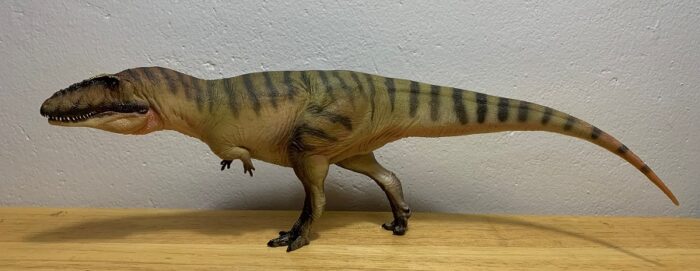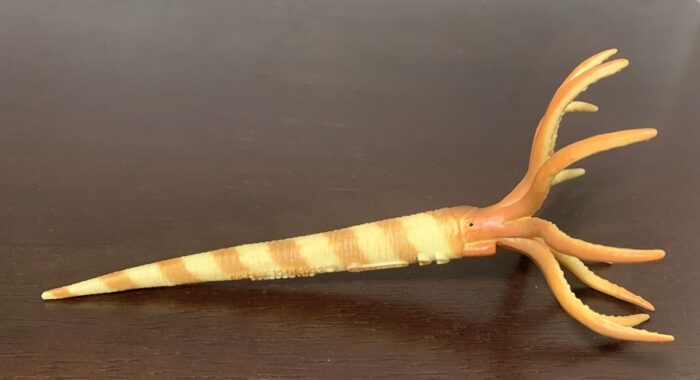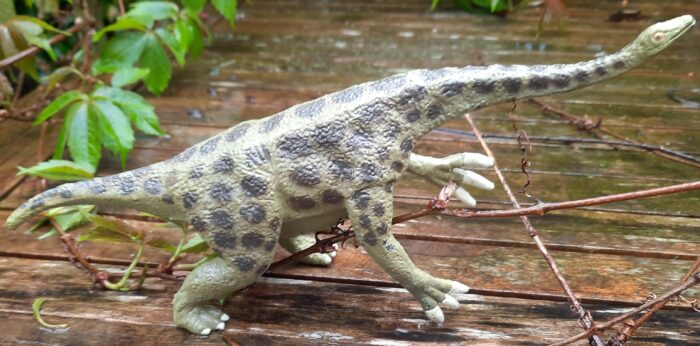Eight short years ago I wrote a glowing review for the CollectA Deluxe Carcharodontosaurus. At the time the praise was deserved, aside from a Safari toy from the 1990’s there weren’t any other options for the “jagged toothed lizard”. CollectA’s model filled a vacant niche, and it was in turn followed by a new model of the genus from Safari in 2016.
Type: Figurine
Review: Daspletosaurus (Wild Safari by Safari Ltd.)
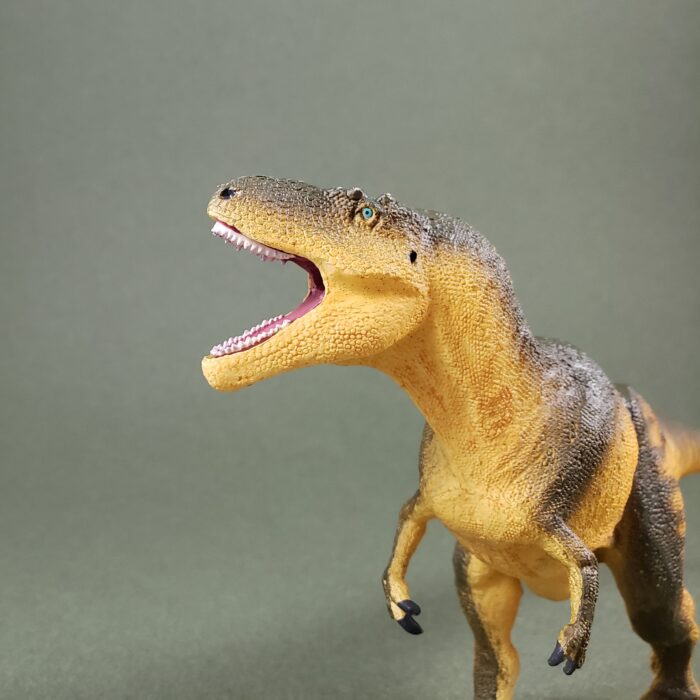
Every fall, Safari Ltd announces their releases for the upcoming year. Understandably, probably owing to the pandemic and the attendant slowdown in trade, their announcements for 2021 were pretty limited, only three new items in the core dinosaur range. I confess I was a bit disappointed that all three were theropods, not being a particular fan of the clade (or at least not of the apex predators in the clade).
Review: Carnotaurus (PNSO)
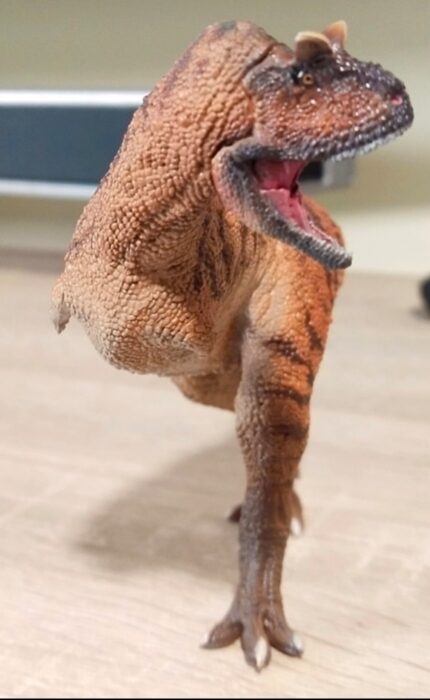
Review and photos by Zim, edited by Suspsy
Among theropods from the Cretaceous period, Tyrannosaurus, Giganotosaurus, and Spinosaurus instantly come to people’s minds due to their sheer size and ferocity, as well as Velociraptor for its swiftness and intelligence (which is exaggerated by Jurassic Park).
Review: Parasaurolophus (Jurassic Hunters by Geoworld)
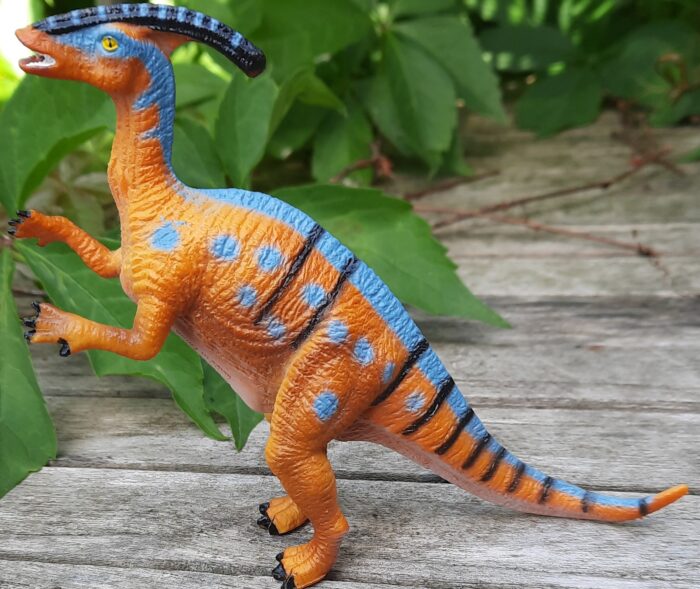
Of all the Hadrosaurs, Parasaurolophus is by far the most commonly produced in toy lines. It’s flashy headpiece is likely the main reason, as the rest of the body is somewhat lacklustre. Sizeable, but not the most interesting. The crest is where it’s at, with the function and skin attachments being a major source of debate.
Review: Concavenator (Age of the Dinosaurs by PNSO)
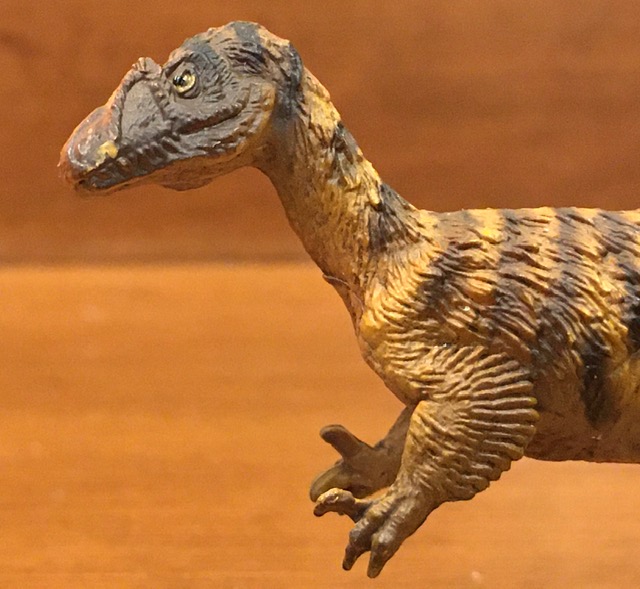
The carcharodontosaurid family contains some of the very biggest flesh-eating dinosaurs known to science: Giganotosaurus, Mapusaurus, Tyrannotitan, Acrocanthosaurus, and Carcharodontosaurus itself. But it also includes a much smaller and stranger-looking member: the humpbacked and possibly feathered Concavenator.
Review: Triceratops sp.(Eofauna)
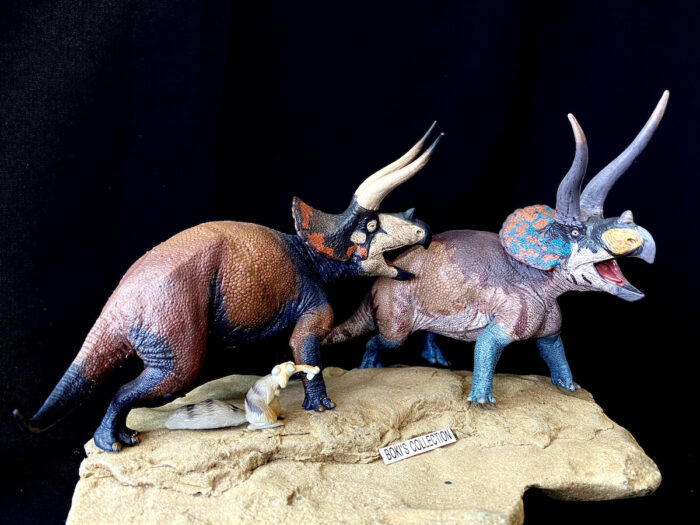
North America in the late Cretaceous was home to some of the most famous and iconic dinosaurs. Here, in the vast landscape, huge herd of the most famous ceratopsian, Triceratops, congregated in their annual mating season.Triceratops in huge numbers dominated the landscape as other dinosaur gave way, perhaps overwhelmed by the shear number of the loud and boisterous groups.
Review: Parasaurolophus (PNSO)
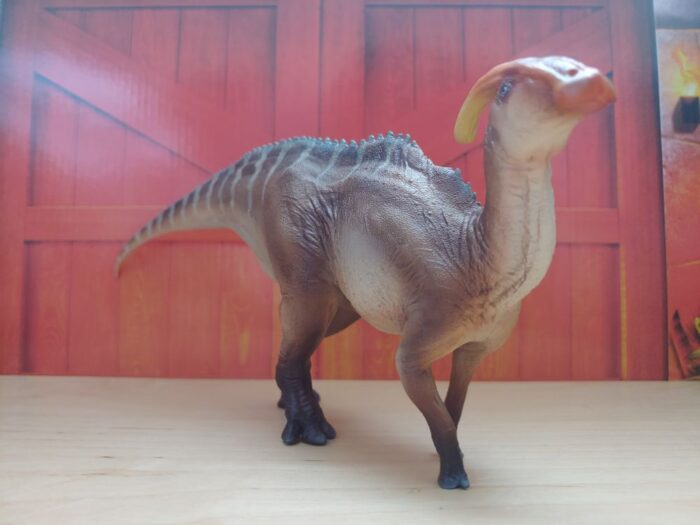
Review and photos by Faelrin, edited by Suspsy
Parasaurolophus is easily one of the most recognizable and famous herbivorous dinosaurs, and ornithopods along with Iguanodon and Edmontosaurus. The long, hollow tube like crest is its most distinctive feature, easily recognizable, and setting it apart from most hadrosaurids, except for its close kin Charonosaurus and the newly described Tlatolophus.
Review: Orthoceras (Prehistoric World by CollectA)
Review: Long-Necked Plesiosaur/Woolungasaurus (Lost Kingdoms Series A by Yowie)

While I do admire the Yowie line for it’s variety, several have given me headaches for being based off species known off bits and pieces, a leg bone or a finger. Fortunately, this isn’t the case for all, and here we have one such case, Woolungasaurus, an elasmosaurid plesiosaur from the early Cretaceous of Queensland, Australia.
Review: Irritator (Dino Hazard)
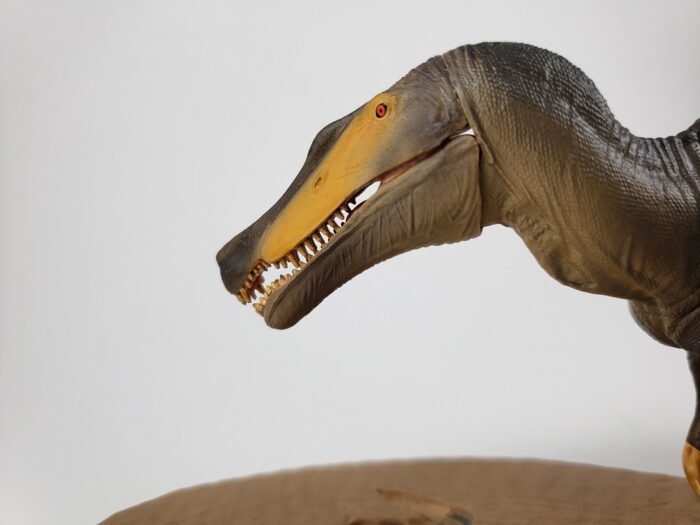
Brazilian paleontologist Tito Aureliano published the time-travel dinosaur adventure novel Dino Hazard: Realidade Oculta (English subtitle: Hidden Reality) in 2015, and since then he and a team including other paleontologists and artists have been spinning off paleo-themed merchandise and media, including a video game.
Review: Allosaurus Roaring (CollectA)
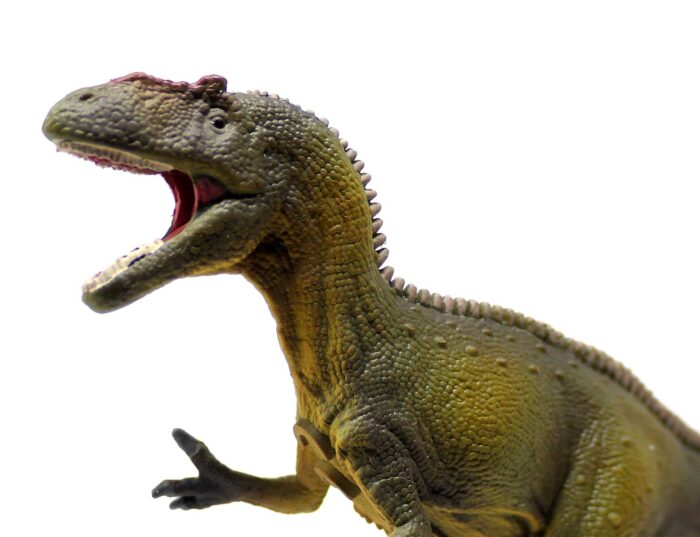
Review and photos by Patrx
It pains me to admit this, friends, but the truth is that Allosaurus never made much of an impact on me when I was younger. I had many books on the subject of dinosaurs, (and other prehistoric animals™) but most of those seemed unsure of what to do with this particular beast.

